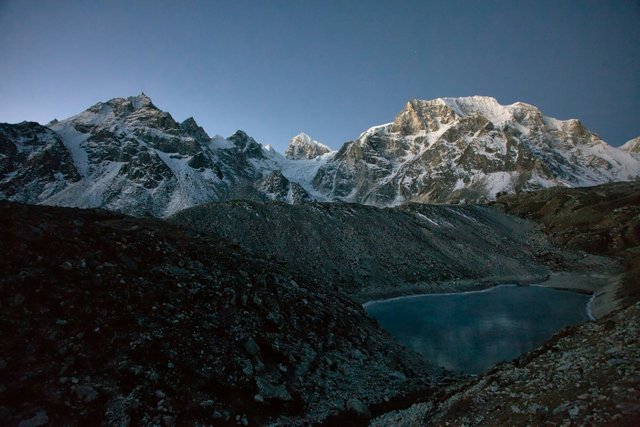Manaslu Trek Guide for an Unfiltered Himalayan Journey
Real experiences, real challenges, and real rewards from the trails of Manaslu
A Closer Look at the Manaslu Circuit Experience
The Manaslu trekinvites you into one of Nepal's most remote and raw mountain regions. It offers quiet trails, ancient monasteries, and the towering presence of Mount Manaslu. But this experience is not without its hurdles, especially for trekkers who attempt it without a guide. The region is restricted, the terrain is isolated, and daily logistics can quickly become exhausting.
Without a guide, you are left to manage confusing permit systems, unpredictable trail conditions, and limited accommodation. There is a kind of wild honesty in these mountains, but it does not always welcome strangers easily.
The Emotional Weight of Going Solo
Walking the Manaslu Circuit alone can sometimes feel like carrying more than just your backpack. The silence between villages grows louder the higher you go. You often meet no one for hours. There is peace in the solitude, but there is also tension. Doubt creeps in when paths become unclear. Some sections look like trails, others like rockslides. You second-guess yourself.
A guide helps carry some of that mental weight. They know when to pause and when to push. They recognize signs of altitude sickness early. Without one, every decision falls on you. It feels liberating at first, but over time, it begins to feel heavier.
Permits and Rules That Can Surprise You
The Manaslu region is not fully open to independent trekkers. Trekkers must have a registered guide and at least two people in a group to obtain restricted area permits. Many first-time visitors do not realize this until they are already in Kathmandu or Arughat.
Organizing permits on your own takes time and back-and-forth with government offices. Mistakes can delay your trek by days. A guide or a local agency handles all of this smoothly and legally. They ensure you have the right paperwork before heading to the trail.
The Local Language Barrier
The villages on the Manaslu trail are home to ethnic groups like the Nubri and Tsum communities. English is rarely spoken, and even Nepali is not always understood in higher regions. Without a guide, communication becomes minimal. You point, gesture, or just go silent.
You miss the warmth of local stories, the details of monastery history, and cultural insights. A guide acts as your bridge to the people who live in these remote parts. They make the journey feel human and connected.
Dealing With Unexpected Trail Conditions
The trail changes with seasons. Landslides, broken bridges, and snow-blocked passes are common. In spring, the trail may be clear. In autumn, a rockfall might make your planned route impossible.
Without a guide, you might miss warning signs. You might push forward into unsafe zones. Guides have local knowledge from recent trekkers and village updates. They adjust the plan as needed without putting you at risk.
Food and Accommodation Challenges
Lodges on the Manaslu trail are basic and limited. Some places only have a few rooms. During peak trekking months, it can be hard to find a bed if you arrive late.
Without a guide, you may struggle to book or even locate these places. You may walk longer than planned or sleep in crowded spaces. Guides call ahead and secure rooms. They know where food is clean and where to avoid. In high altitudes, a good meal and warm bed are more than comfort. They are a necessity.
Mental Ease and Relaxation
With a guide beside you, you do not have to be on alert all the time. You can look up at the peaks without worrying whether you are still on the right trail. You can breathe slower, take in the sound of the river, and absorb the space around you.
There is a quiet kind of joy in knowing someone else is managing the details. A guide lets you sink deeper into the rhythm of the trek. You begin to feel more than just movement. You feel presence.
What You Gain With a Guide
The right guide does more than show you the way. They tell you where the locals drink tea after a long day. They show you the sacred mani walls and explain the prayer flags fluttering in the wind. They translate the laughter of a grandmother running a lodge or the quiet concern of a porter watching the clouds.
In the end, the Manaslu trek is not only about reaching Larke Pass or walking under snow-capped peaks. It is about feeling the raw landscape and the lives that exist in it. With a guide, you get to walk the trail with eyes open wider, with questions answered, and with fewer regrets.
Final Thought
Manaslu is not just a place. It is a journey that tests both your body and your thinking. Going without a guide is possible, but what you gain in independence may cost you in clarity and connection. A guide gives you more than information. They give you space to enjoy the real reason you came — to feel something different, deeper, and lasting.
